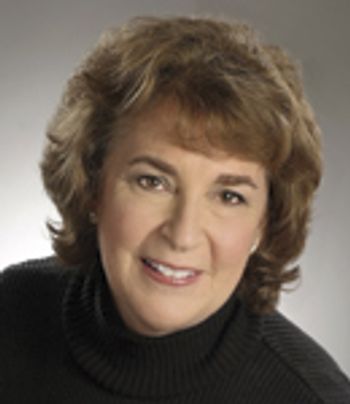
Demand for new vaccines and therapies in 2010 will be offset by concerns about drug prices and product safety.

Jill Wechsler is BioPharm International's Washington Editor, jillwechsler7@gmail.com.

Demand for new vaccines and therapies in 2010 will be offset by concerns about drug prices and product safety.
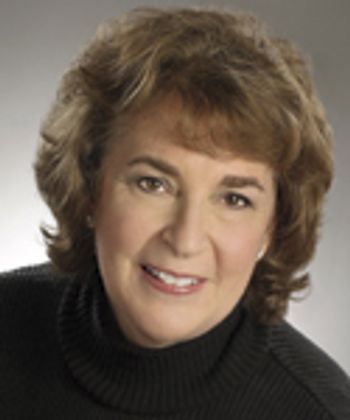
Vaccine research and development is surging, but continues to face manufacturing and regulatory challenges.
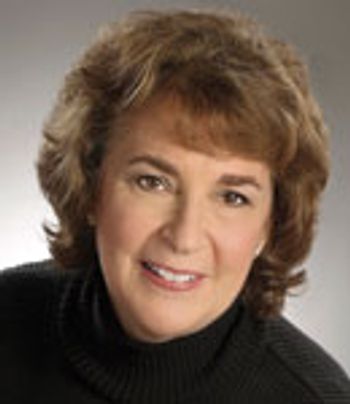
Heightened attention to product safety issues is slowing the approval process for new therapies.
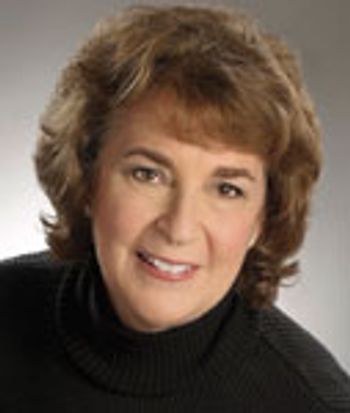
Stiffer enforcement of quality standards aims to restore public confidence in agency actions.
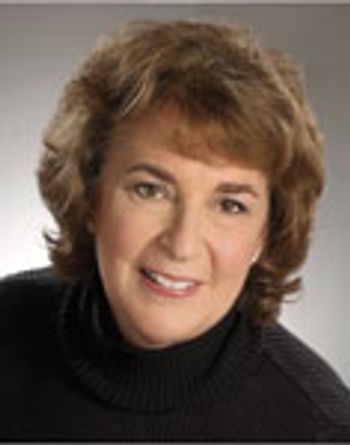
The FDA is encouraging manufacturers to invest in research and development for new vaccines and therapeutics to combat third-world diseases.
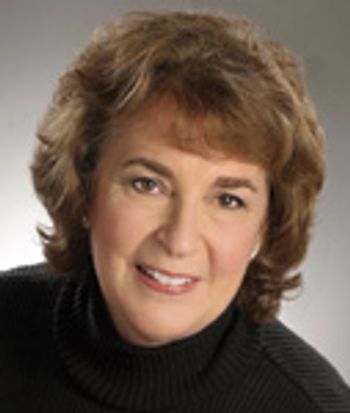
Pressures to reduce healthcare spending generates proposals to spur competition, cut costs.

The FDA seeks new strategies for improving the safe use of opioids and other high-risk medicines, including erythropoiesis stimulating agents.
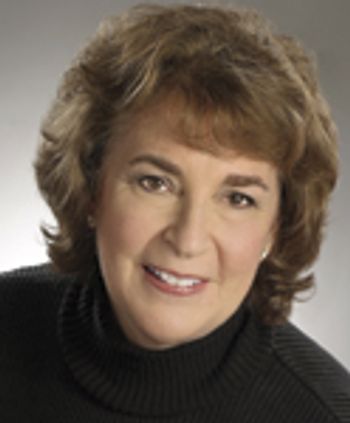
Agency officials promise swift action against violators of drug safety and quality regulations.

Authorities are pushing for CE; manufacturers prefer to focus on value.

The FDA is poised to gain more authority and resources to ensure product quality.

Broader transparency in product prices and payments to researchers aim to curb conflicts of interest and rationalize drug expenditures.

In addition to providing tax breaks and investing billions to jump start the economy, last month?s economic stimulus package supports healthcare for the unemployed and takes steps to modernize the nation?s troubled healthcare system.
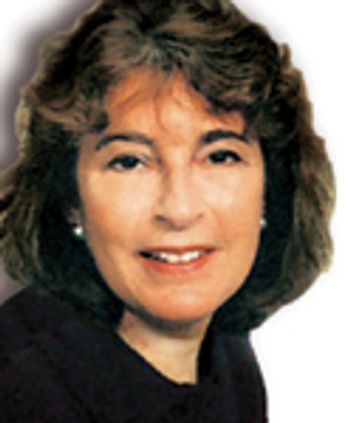
With cuts in healthcare, biotech drugs are under scrutiny.

FDA aims to regain public confidence in 2009.

Although no official announcement has been made, former Senate majority leader Tom Daschle is most likely slated to head the Obama administration’s efforts to enact health reform legislation as the new secretary of the Department of Health and Human Services.

In the Obama administration, an important ally in the House for Tom Daschle, who is expected to be named secretary of the Department of Health and Human Services, will be Rep. Henry Waxman (D-CA), who unseated John Dingell (D-MI), the long-time top Democrat on the House Energy and Commerce Committee, to become the panel’s new chairman.

To expand coverage amidst the economic crisis, Obama will be looking hard for ways to cut healthcare costs.

The FDA and other regulatory authorities are evaluating new regulations to ensure the safety and quality of nanomaterials in biomedical products.

The FDA's QbD pilot program is supporting good manufacturing on a global basis.
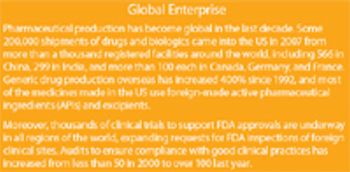
The heparin debacle and other crises involving imported drugs and biologics has put pressure on the US FDA to step up its oversight of foreign drug manufacturing.

The Sentinel System aims to generate more adverse event reporting by health professionals, to analyze health information more effectively, and to enhance FDA methods for communicating new safety information to providers and patients.

Enough Republicans sided with Democrats last month to approve legislation canceling a scheduled 10.6% cut in Medicare fees for physicians. In doing so, the legislators tacked on dozens of provisions pleasing to beneficiaries and providers alike.

The US Food and Drugs Administration is boosting its efforts for orphan drugs development.
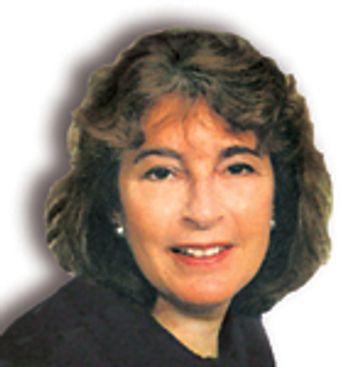
The comparative research approach may be preferable to price controls in the guise of government negotiations for the Medicare drug benefit, coverage denials, and limits on access to new technologies.

The FDA is under attack from all sides. Many influential members of Congress either don't trust the agency to monitor the industry appropriately, or have found it politically expedient to keep sounding alarms about inadequate oversight of food and drug safety and clinical research. The good news is that there seems to be a growing consensus that FDA needs a major infusion of cash to regain its stature as an effective science-based regulatory agency.

The heparin safety crisis puts a spotlight on manufacturing processes and regulatory oversight.

When CDER director Steven Galson left last year, Janet Woodcock shifted back as temporary chief. And now, after a long search for a replacement, she has decided to take on the job herself.

More informed submissions may lead to regulatory flexibility for postapproval changes.

The much needed modernization of the agency's IT systems and inspection capabilities will likely fall prey to budget shortfalls.

The new year begins on a note of optimism. A major breakthrough in stem cell research promises to open the door to new biomedical research opportunities. The drawn-out Congressional debate over user-fee reauthorization and drug safety regulation is over, and most parties seem satisfied with resulting compromises. The vaccine industry is experiencing a resurgence after years in the doldrums, with important new vaccines on the market and more under development. And unlike many previous years, the US Food and Drug Administration (FDA) had a confirmed commissioner for all of 2007 and relatively stable leadership.